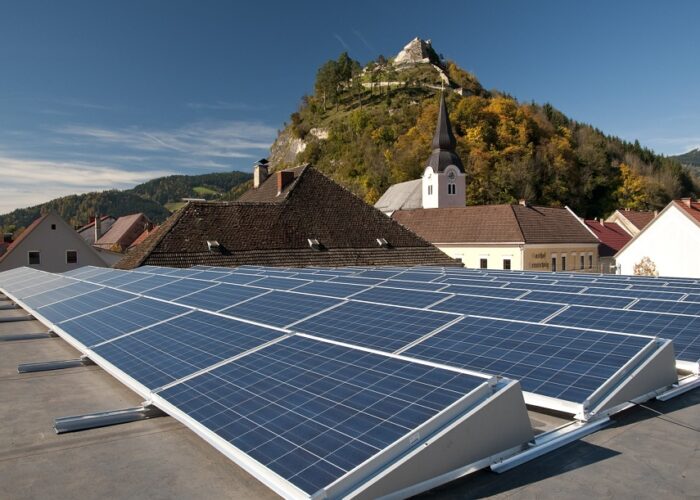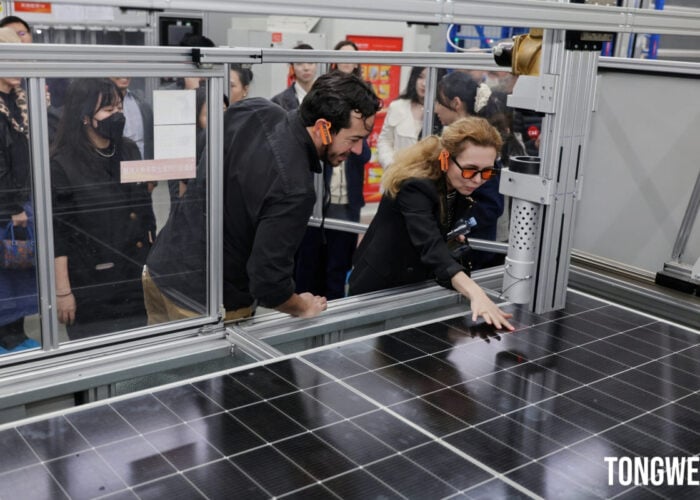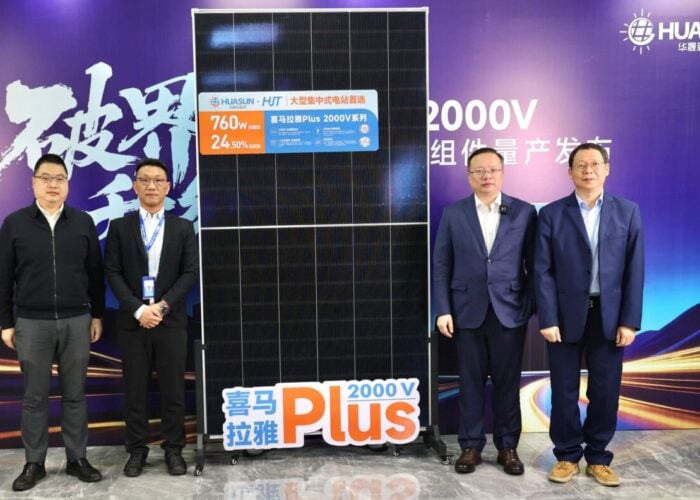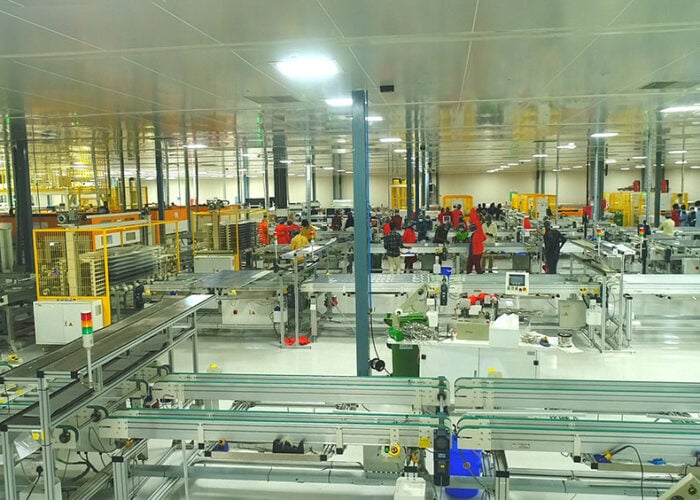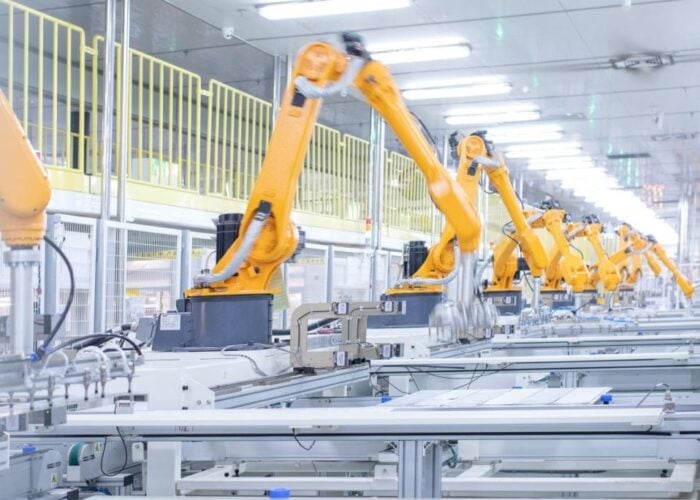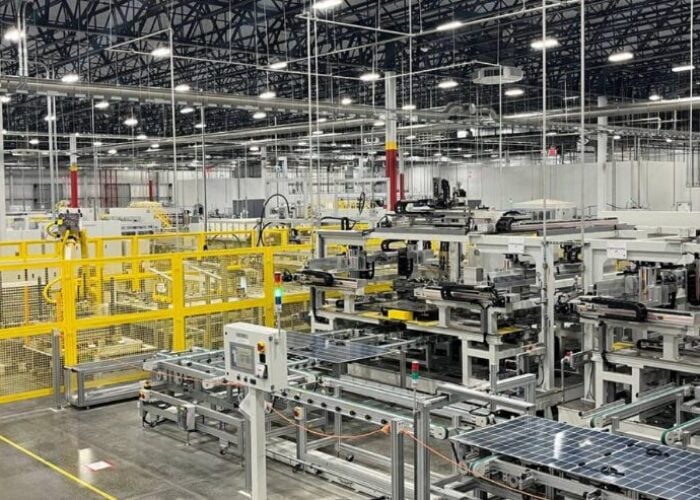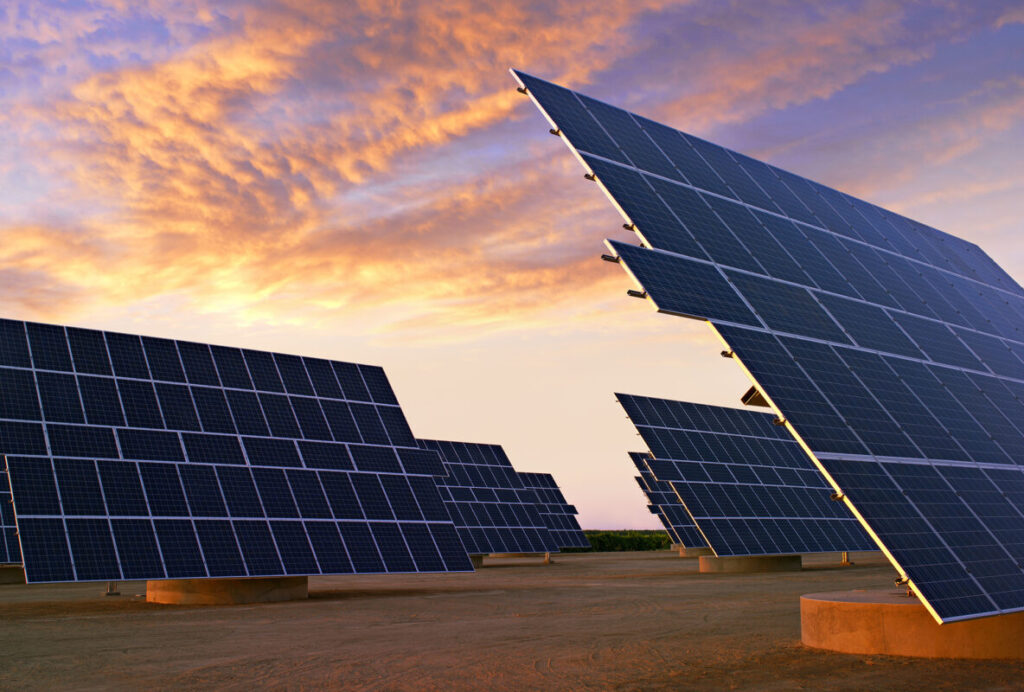
The REC Group has launched a new series of modules, designed for use in commercial and industrial (C&I) rooftop installations and ground-mount projects in the US, which uses REC’s heterojunction (HJT) cell technology.
The REC Alpha Pro M series of modules has a power output range from 610-640w, and builds on the company’s HJT research, which it began in 2019. The cell has a power conversion efficiency of 22.5%, and a temperature coefficient of -0.24%/degree Kelvin, which could be notable as the company aims to deploy the modules in the US, where there can be a significant range of environmental conditions.
Try Premium for just $1
- Full premium access for the first month at only $1
- Converts to an annual rate after 30 days unless cancelled
- Cancel anytime during the trial period
Premium Benefits
- Expert industry analysis and interviews
- Digital access to PV Tech Power journal
- Exclusive event discounts
Or get the full Premium subscription right away
Or continue reading this article for free
The news follows REC’s plans to shift the focus of its business to HJT, which Harmen Schinkel, sales manager for Northern Europe, told PV Tech last year at the Solar & Storage Live event in the UK. There has been growing interest in HJT cells in recent months in the solar sector, with leading Chinese manufacturer Huasun announcing a 1GW HJT cell deal with the China Datang Corporation, a state-owned utility, last month.
REC also noted that the modules would be produced at a factory in facility that recently received a silver medal from sustainability ratings firm EcoVadis, putting the company in the top 15% of rated companies in the electronic component manufacturing sector.
Earlier this year, REC VP of global marketing Cemil Seber told PV Tech Premium that concerns about environmental, social and governance (ESG) compliance are now “more at the top of [customers’] minds in the solar sector, and the company has drawn attention to the progress it has made from an ESG perspective.
“While high efficiencies will remain the number one criterion for choosing solar panels, longevity and sustainability should be considered if companies are serious about their environmental and social footprint,” said Cary Hayes, president of REC Americas, of the sustainability credentials of the Alpha Pro M series of modules.

